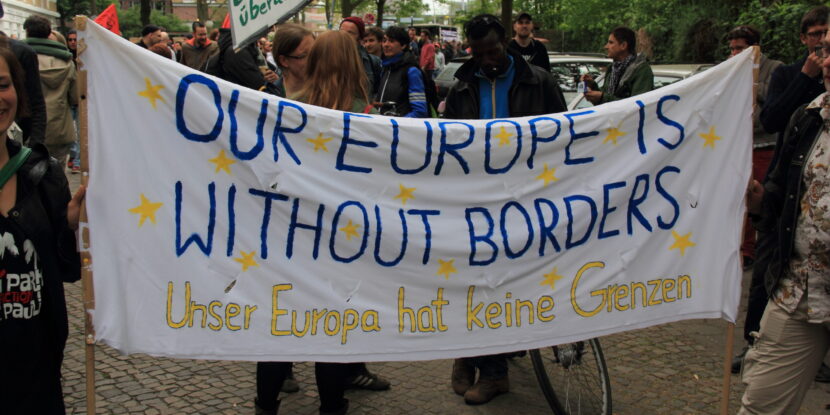PULSE POINTS:
❓What Happened: Around one in three young adult Germans now come from migration backgrounds.
👥 Who’s Involved: German government, the Federal Statistical Office (Destatis), immigrant-background Germans.
📍 Where & When: Destatis released the 2024 demographic statistics on May 22.
⚠️ Impact: The figures reveal the rapidly changing demographics in the European Union’s largest country.
IN FULL:
Around one in three young adults in the European Union’s largest country, by population and economy, now comes from a migration background. Among those aged 20 to 39, at least a third of Germans are either migrants or the children of two migrant parents.
Overall, the country’s migrant-background population stood at 25.6 percent in 2024, according to the German Federal Statistical Office (Destatis), which published the data this week. This figure is an increase compared to 2023, when migrant-background residents comprised 24.7 percent of the population.
In real numbers, migrant-background Germans total over 21.2 million people, increasing by a massive 873,000 since 2023. The German government figures also revealed that since the migrant crisis that began under Angela Merkel in 2015, around 6.5 million people had moved to Germany by 2024.
Between 2015 and 2021, the single largest nationality represented in the figures was Syrians, with over 716,000 moving to Germany. Around one in 20 Syrians worldwide live in Germany, and over 513,000 of them live on some form of government welfare. Nearly half of all welfare recipients in the country are foreigners.
Between 2022 and 2024, however, Ukrainians took the lead, with 843,000 moving to the country amid the ongoing conflict with Russia, with Syrians relegated to second place.
While the number of German residents with migrant backgrounds is high among young adults, it is much lower among those aged over 65, at one in seven.
Many of the Germans with migration backgrounds come from Muslim-majority countries such as Syria or Turkey. Last year, the Criminological Research Institute of Lower Saxony (KFN) discovered that nearly half of young Muslims in grade nine favoured the establishment of an Islamic Caliphate in Germany.



















